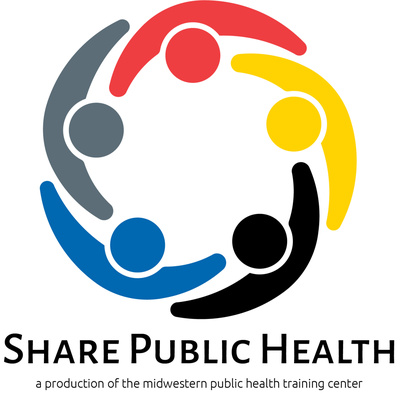Emergency Response
Pandemic: A Critical Thinking Scenario |
GoalThe goal of this scenario is to assess and train mid-level public health professionals in the application of critical thinking as a means of solving problems related to community preparedness for public health emergencies, such as an Influenza Pandemic. The scenario is based on the Critical Thinking course as well as using the established model of Critical Thinking that has six steps:
|
Duane Arnold Energy Center Radiological Emergency Worker - Basic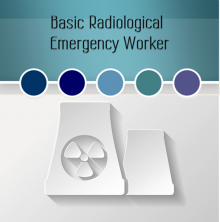 |
Basic Radiological Emergency Worker Training is an online course that covers six topics which includes both general and specific information an emergency worker needs in order to respond to a radiological incident. Topics
Intended...More About This Course |
Emergency Preparedness for Families of First Responders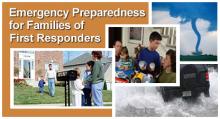 |
Goal/Intended AudienceThe goal of this course is to provide the information and tools necessary to enable first responders to prepare their families for an emergency event. This course is intended for first responders and their family members. (Family members do not need to take the online course, but are encouraged to participate in the printed activities once the course is completed). Capabilities identified:
|
Volunteer Training: Personal Protective Equipment (PPE)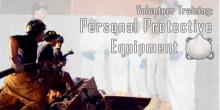 |
Course Summarydemonstrate the appropriate use of PPE Intended AudienceVolunteers Learning Objectives:Upon completion of this part, you will be able to:
|
Volunteer Training: Incident Command System (ICS)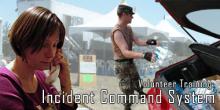 |
Course SummaryRxplain how the Incident Command System works and how you as a volunteer fit into it Intended AudienceVolunteers Learning Objectives:After successful completion of this course, you will be able to:
|
Volunteer Training: First Steps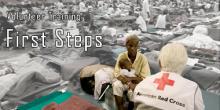 |
This course will explain why volunteers are an essential part of a successful emergency response and guide you through the process of becoming a volunteer. Intended Audiencepotential public health volunteers Learning Objectives:Upon completion of this part, you will be able to:
|
Emergency Medical Services Operations and Planning for Weapons of Mass Destruction - Part III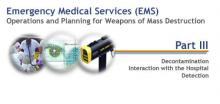 |
There are a total of nine modules in the Emergency Medical Services Operations and Planning for Weapons of Mass Destruction course. The course has been divided into the three parts as outlined below.
|
Emergency Medical Services Operations and Planning for Weapons of Mass Destruction - Part II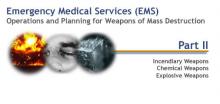 |
There are a total of nine modules in the Emergency Medical Services Operations and Planning for Weapons of Mass Destruction course. The course has been divided into the three parts as outlined below
|
Emergency Medical Services Operations and Planning for Weapons of Mass Destruction - Part I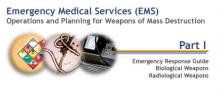 |
There are a total of nine modules in the Emergency Medical Services Operations and Planning for Weapons of Mass Destruction course. The course has been divided into the three parts as outlined below. Part 1
These modules contain practice exercises that will provide you with an opportunity to apply and better understand the material... More About This Course |
Weapons of Mass Destruction - Awareness |
There are five modules in this course. When you are finished reading this course overview, complete the Pre-test. You can access the Pre-test by clicking on the link provided on the course menu on the left. After you've completed the Pre-test, move on to the first module, "Prevention and Deterrence". Once you have completed this module and its practice exercises, go on to the following four modules which are: "Chemical Agents", "Biological Agents", "Radiological Materials", and "Explosive... More About This Course |


